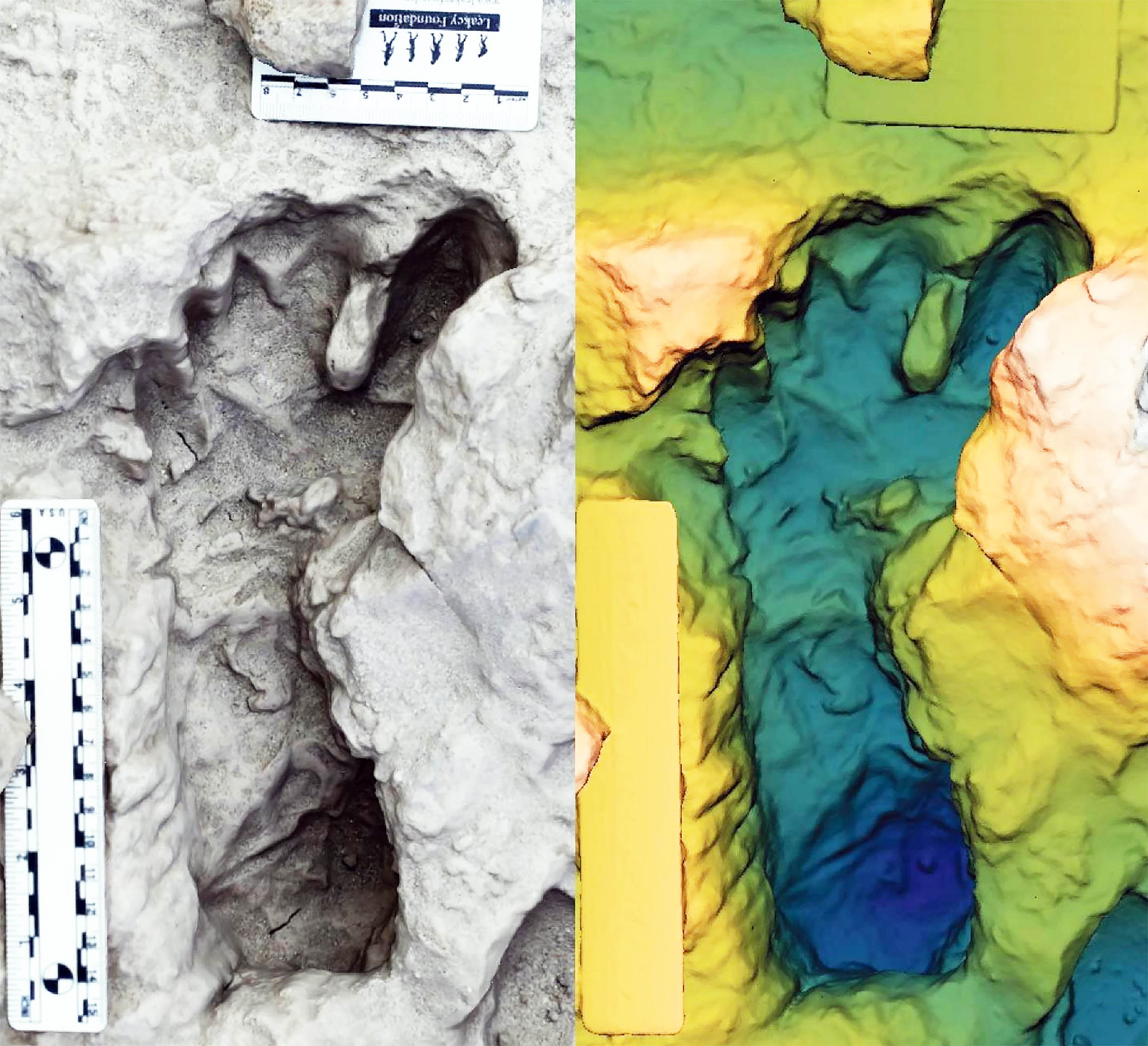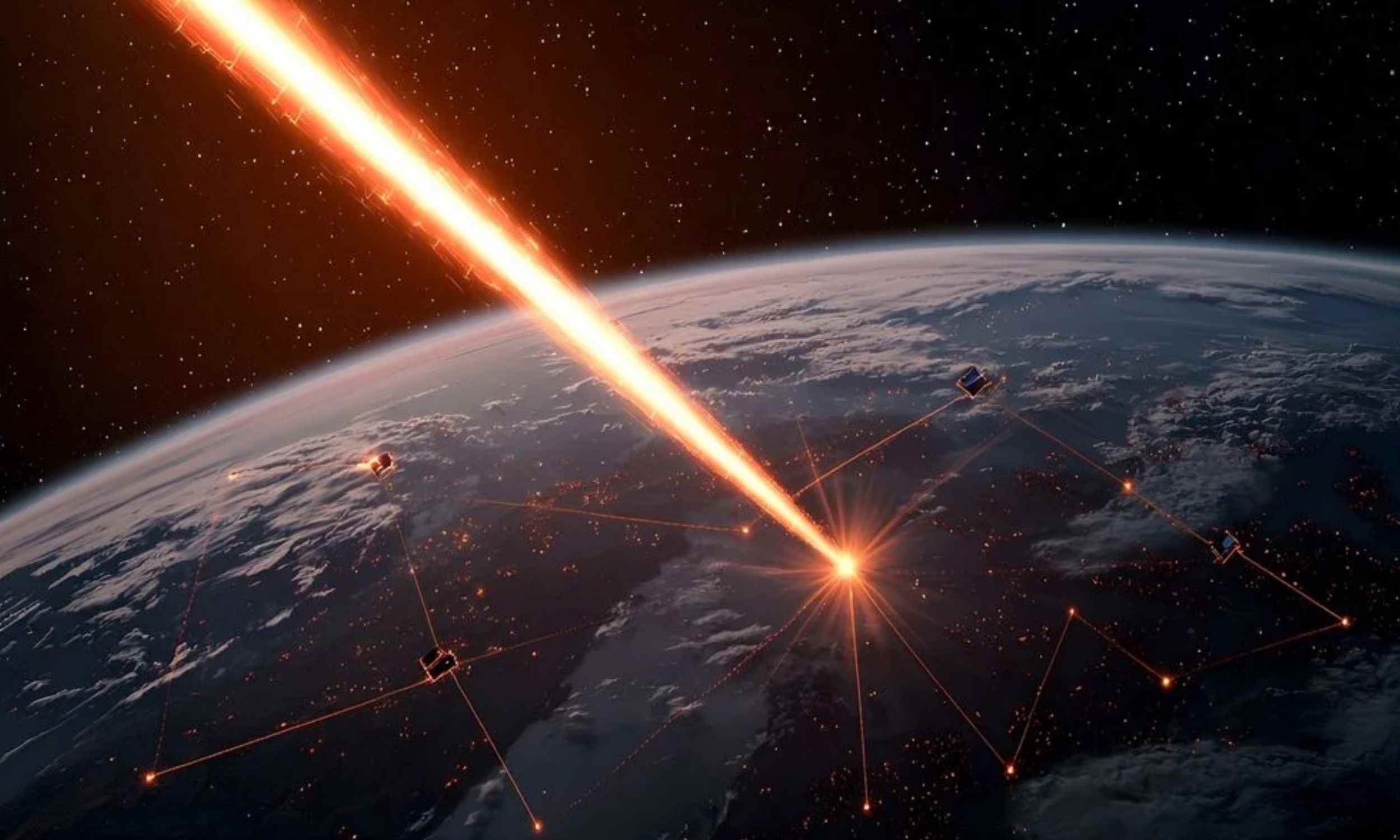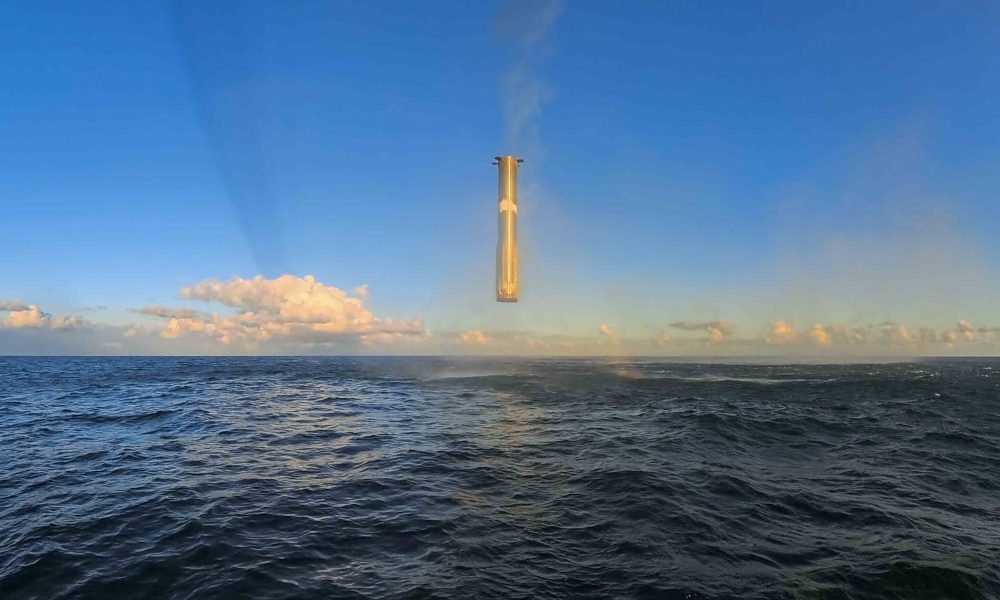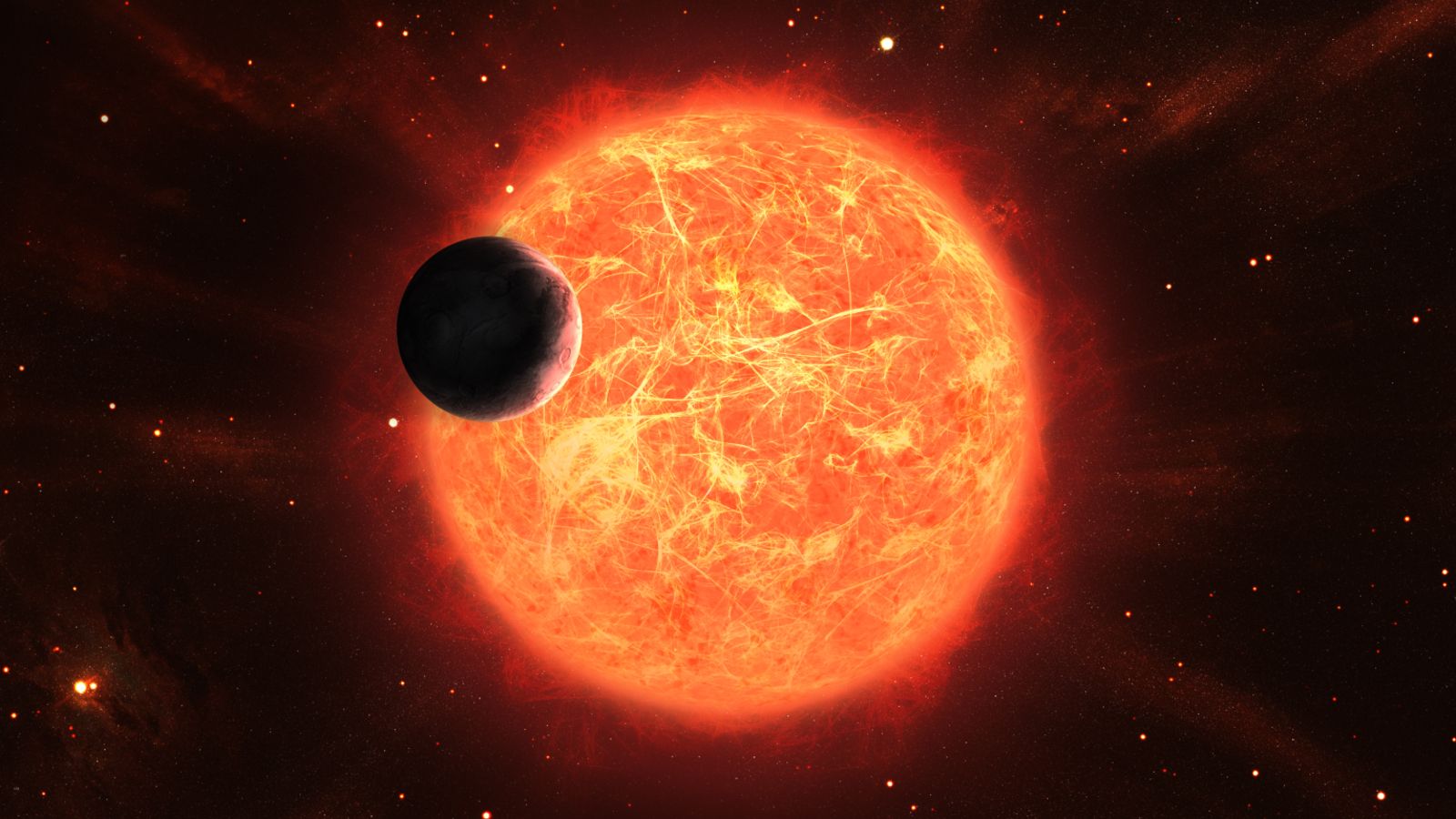Unbelievable: Dormant Volcano in Iran Awakens After 710,000 Years!

Imagine a sleeping giant waking up after nearly a million years! That's the shocking reality as Mount Taftan in southeast Iran, a volcano once thought to be extinct, is showing signs of life. This 'zombie' volcano, which has laid dormant for 710,000 years, is now rumbling back to life, raising alarms for communities nearby.
2025 is shaping up to be a massive year for volcanic activity worldwide. From Hawaii's Kīlauea spewing lava to the chaotic eruptions of Mount Etna, the Earth seems to be restless. And now, the eerie wake-up call from Mount Taftan begs the question: have we been underestimating the dangers lurking beneath its surface?
Scientists have long classified volcanoes as extinct if they haven't erupted since the Holocene Era, which began about 11,700 years ago. By that definition, Mount Taftan was a goner. Yet, local reports from 2024 revealed unsettling signs—smoke and ash bubbling anew from its crater, indicating something was stirring beneath.
Volcanologist Pablo González has brought new findings to light, urging us to reconsider our assumptions about Taftan. “Our research suggests that Taftan is more active than previously recognized,” he explained. With volcanic activity seeming to increase, it’s crucial to reassess the Makran subduction volcanic arc, a significant volcanic chain stretching across Iran and Pakistan.
Although Taftan isn't erupting at the moment, experts warn that pressure is building underground, which could lead to a catastrophic explosion. Over the past ten months, emissions of water vapor, carbon dioxide, and sulfur dioxide have surged, with sulfur dioxide levels averaging a staggering 20 tons daily!
Recent satellite analyses have provided clearer insights into the volcano’s behavior, revealing movements in its western and eastern flanks. These shifts don’t correlate with usual environmental triggers like rainfall or earthquakes, reinforcing the belief that it's volcanic activity at play. The recent study emphasizes, “The absence of post-unrest reversed subsidence signals highlights the potential for persistent pressurization beneath the summit.”
For now, González reassures that there are no immediate signs of an eruption, aiming to alleviate public panic. Instead, he calls it a “wake-up call” for regional authorities to allocate resources to monitor this potentially hazardous volcano.
Located in Iran's Sistan and Baluchestan province near the Pakistan border, Mount Taftan stands tall at 13,000 feet, dominating the landscape. It’s visible from the city of Khash, 81 miles away, and threatens larger urban areas like Zahedan, home to half a million residents.
If Mount Taftan were to erupt, the fallout could be devastating—ashfall, contaminated water supplies, and severe long-term health effects including respiratory issues are all potential consequences. While González isn’t sounding the alarm just yet, the urgency to keep a vigilant eye on this sleeping giant is clearer than ever.

















